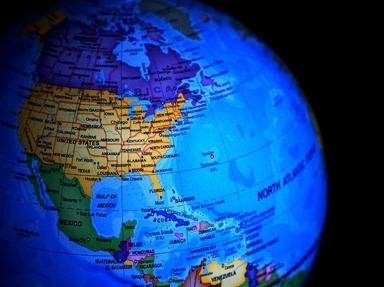
Couldn't Think of an Original Name Quiz
Cities are often named for other cities, or geographical features, some of which may be prominent and others not. Can you match the ten US state capital cities with the places they are named for?
A matching quiz
by Red_John.
Estimated time: 4 mins.